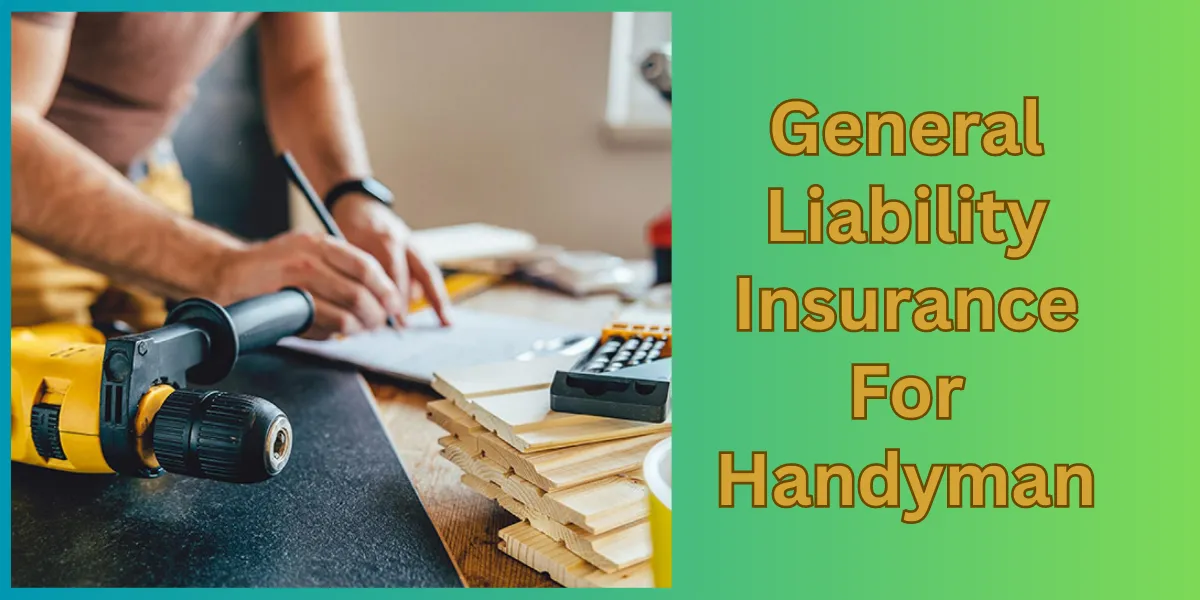In a world where smartphones can do almost everything, one might wonder: is there still a need for a dedicated Recording Voice Device? The answer is yes—absolutely. Whether you’re a student capturing lectures, a journalist recording interviews, or a professional documenting meetings, a purpose-built voice recorder offers clarity, convenience, and reliability that phone apps often can’t match.
More than just a gadget, it’s a tool that helps people listen better, remember more, and stay organized. But with so many devices on the market, how do you know which one fits your needs? This article will walk you through everything from real-world use cases to the features that matter most.
What Is a Recording Voice Device?
A recording voice device, or digital voice recorder, is a portable electronic device used to capture audio. While basic models focus on simple recording functions, more advanced ones now include AI-assisted transcription, noise reduction, cloud sync, and even voice-to-text conversion.
Unlike your smartphone’s microphone, these devices are built to prioritize audio quality—especially in varied environments like lecture halls, outdoor interviews, or busy offices.
Why Not Just Use a Phone?
It’s true—most phones have built-in voice recording apps. But here’s why many people still prefer a dedicated voice recorder:
- Superior sound quality: Especially in rooms with background noise or poor acoustics.
- Longer battery life: Ideal for long sessions without draining your main device.
- More focused: No distractions from texts, calls, or app notifications.
- More storage and control: Often includes features like voice-activated recording and file organization.
Who Uses Recording Voice Devices (and Why)?
1. Students and Researchers
Recording lectures allows students to stay focused during class and revisit material later. Some devices also allow bookmarks, so you can jump to specific parts of a recording when reviewing for exams.
For graduate students or researchers conducting interviews, a recording voice device offers peace of mind that no important quote or insight will be missed.
2. Journalists and Content Creators
Clear recordings are critical for transcription and editing. Whether you’re interviewing someone for a podcast or writing a feature story, having a crisp, uninterrupted audio file saves hours of rework.
Many voice recorders also support external microphones or lavalier inputs, making them ideal for more professional-grade recordings.
3. Business Professionals
Meeting minutes don’t have to be a chore. Voice recorders help teams revisit discussions, resolve disagreements, or transcribe brainstorming sessions. Some devices even offer encryption for confidential conversations, which can be useful in legal, HR, or executive contexts.
4. Language Learners and Educators
Recording pronunciation drills, oral practice, or lectures can dramatically improve comprehension and fluency. Teachers can also use recorders to capture class discussions, review student presentations, or create custom learning materials.
Key Features to Look for in a Recording Voice Device
Not all recorders are created equal. Here’s what to consider based on your intended use:
Audio Quality
Look for high bitrate support and a quality microphone. If possible, choose a device with built-in noise reduction or directional mics to improve clarity, especially in environments with background sound.
Recording Formats
Common formats include MP3 and WAV. MP3 offers smaller file sizes, while WAV provides uncompressed, high-quality audio. Some devices also support FLAC or AAC.
Storage and Expandability
Entry-level models might come with 4–8GB of internal memory, while professional models offer 32GB or more. A microSD card slot adds flexibility if you need to store long or multiple sessions.
Battery Life
For lectures or full-day events, battery life matters. Some devices last 10–20 hours on a single charge. Rechargeable batteries are convenient, but models with swappable AA or AAA batteries can be more reliable in remote locations.
File Management and Bookmarking
Being able to tag recordings, organize them by folder, and mark key moments can dramatically speed up transcription or review.
Voice Activation
With voice-activated recording, the device only captures sound when someone is speaking. This saves space, reduces silent gaps, and makes listening back more efficient.
Transcription Support
Some modern recorders feature built-in or companion-app-based transcription. While not perfect, they’re a great starting point and can cut down manual typing significantly.
Use Case Scenarios: Where a Voice Recorder Really Shines
During a University Lecture
You’re in a large auditorium with a professor who speaks quickly. A voice recorder with directional mic input cuts through background chatter and delivers clear audio for later review. You bookmark key concepts in real-time so you can find them later.
On the Road with a Client
You’re a marketing consultant doing field research. Instead of juggling your phone and notebook, you use a dedicated recorder to capture spontaneous insights from the client—without draining your phone battery or dealing with call interruptions.
At a Conference or Panel Discussion
Panel speakers take turns, the acoustics are poor, and you’re far from the stage. A voice recorder with stereo microphones captures the discussion clearly, allowing you to pull exact quotes later when writing your blog or summary report.
Common Misconceptions About Voice Recorders
Aren’t They Outdated?
Not at all. Just like standalone cameras haven’t disappeared despite phones having lenses, voice recorders offer specialized quality and functions phones still can’t match.
Isn’t It Easier to Use Apps?
It might seem convenient, but apps come with trade-offs: battery drain, lower fidelity, and risk of interruption. A dedicated recorder is optimized for one job—capturing your voice reliably and clearly.
Are They Only for Journalists?
Definitely not. From therapists recording case notes (with consent), to musicians capturing melody ideas on the go, voice recorders serve a wide range of people.
How to Get the Most Out of Your Recorder
- Test your device before using it in important settings.
- Use a windscreen or external mic for outdoor recording.
- Always back up your files—preferably to cloud storage.
- Name files immediately or organize them weekly to avoid clutter.
Final Thoughts
For anyone who needs reliable, high-quality voice capture, a dedicated Recording Voice Device is a wise investment. It’s simple to use, versatile in function, and unmatched in clarity compared to most phone apps. From classrooms to boardrooms, field interviews to language practice, it adapts to your workflow without adding distractions.
As we continue to rely on accurate information and effective communication, tools like these aren’t becoming obsolete—they’re becoming essential.






